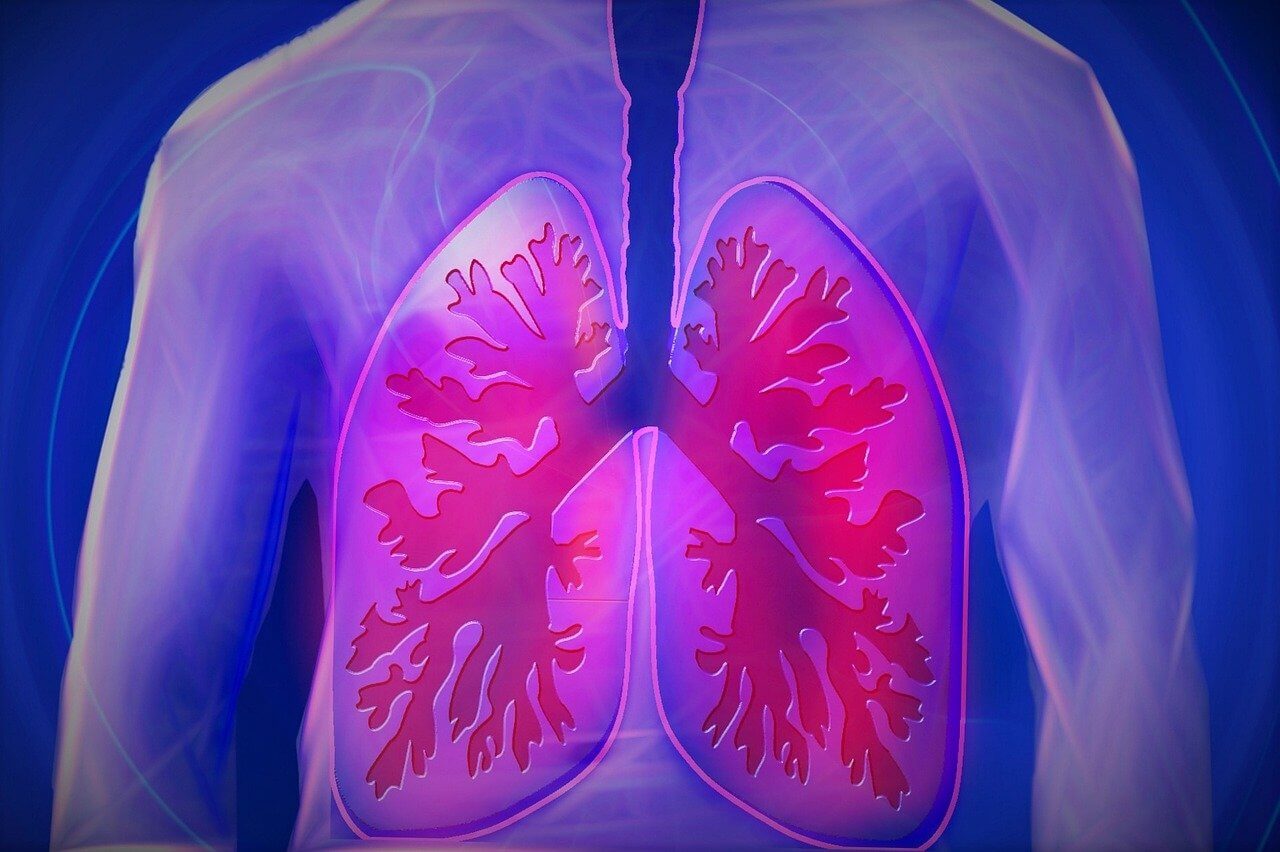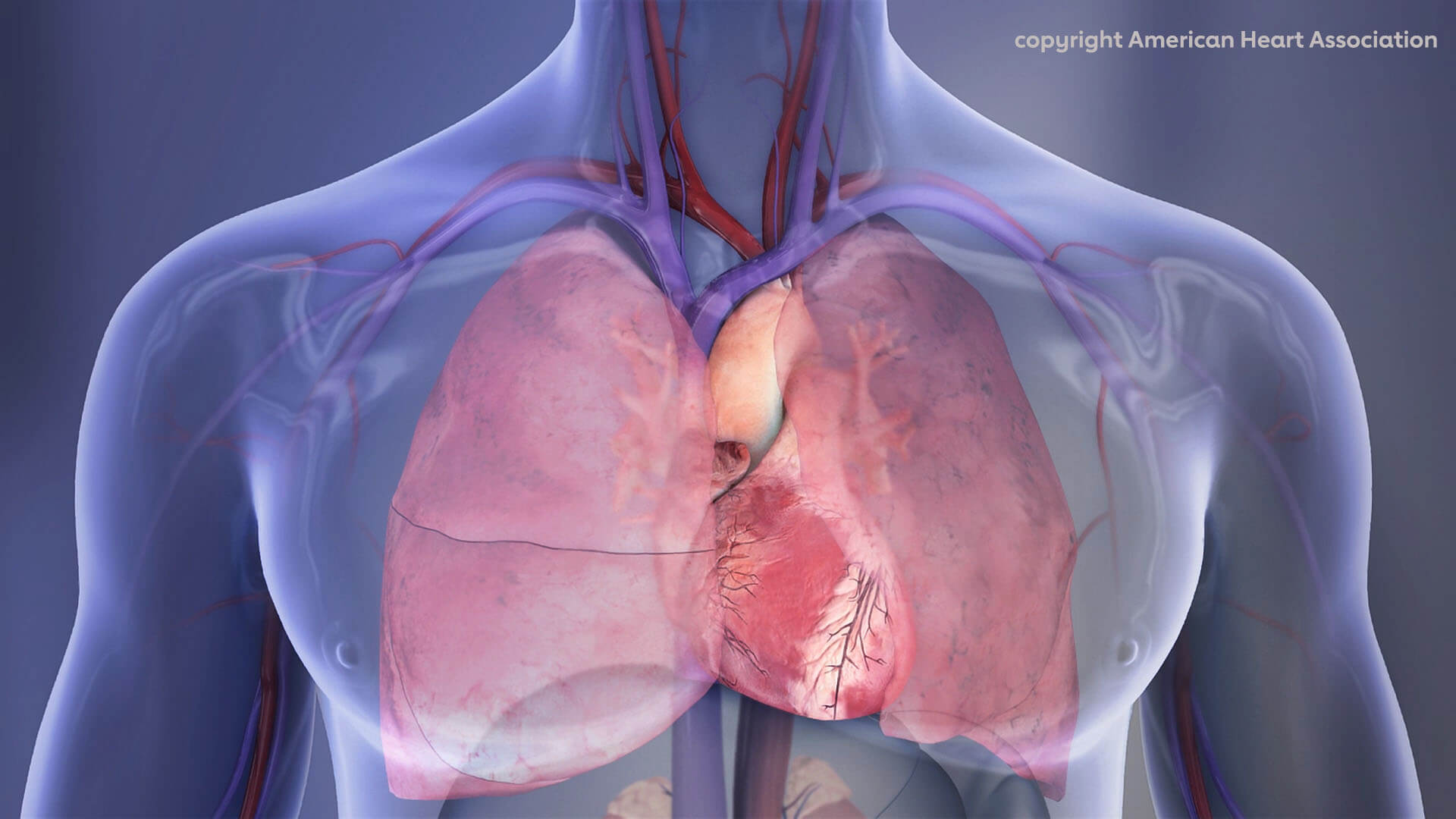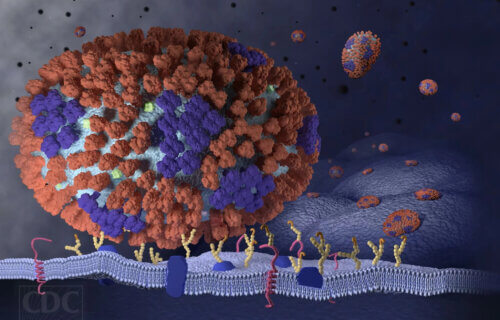RIVERSIDE, Calif. — Your body is more prepared for flu season than you may think. In an unprecedented discovery, scientists from the University of California-Riverside have found that the fluid-filled sac surrounding our lungs, previously thought to serve as protection from external damage, contains powerful virus-fighting cells that play a crucial role during flu infections.
The key players in this discovery are macrophages, immune cells known for their ability to engulf and destroy pathogens such as bacteria, viruses, and even cancer cells.
“We were surprised to find them in the lungs because nobody has seen this before, that these cells go into the lung when there’s an infection,” says study lead author Juliet Morrison, a virologist at UC Riverside, in a university release.

This breakthrough highlights how, during an influenza infection, macrophages move from the pleural cavity — the space around the lungs filled with fluid — into the lungs themselves, where they significantly reduce inflammation and disease levels.
“This study shows it’s not just what happens in the lung that matters, but also what’s outside of the lung. Cell types not normally connected to the lung can have outsized impacts on lung disease and health,” notes Morrison.
The researchers’ journey began with a quest to identify which types of cells were present in the lungs during flu infections. By analyzing existing genetic data from flu-infected mice, the team used an algorithm to predict changes in cell types within the lungs.
“We took big data and broke it down to assign which potential immune cells are in the lung tissues. That’s where I got a hint that maybe we had a previously unknown external source of cells in the lung,” explains Morrison.
Further experiments involving a laser-based technique allowed researchers to track the movement of macrophages into the lungs and observe the consequences of their absence, which led to increased disease and lung inflammation in mice.
This study not only sheds light on the dynamic role of the pleural cavity and its contents in lung health but also paves the way for innovative flu treatments. Researchers aim to identify specific proteins that direct macrophages to the lungs, which could lead to the development of drugs that enhance the quantity or activity of these cells.

Such an approach, focusing on boosting the body’s natural defenses, offers a promising alternative to traditional antivirals, which are increasingly facing the challenge of drug resistance. Morrison points out the growing problem of pathogens developing resistance to medications, a dilemma that has led to over 2.8 million drug-resistant infections annually in the U.S. alone, according to the Centers for Disease Control and Prevention.
“If we can boost what resolves infection in us, we probably have a better shot. We’re less likely to have resistance,” says Morrison. “The immune system is so complicated, but it’s our best bet in the long run to work with what we have rather than chase viruses that continue to escape our therapeutics.”
The study is published in the journal Proceedings of the National Academy of Sciences.
